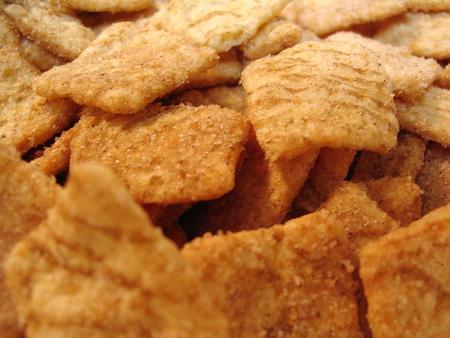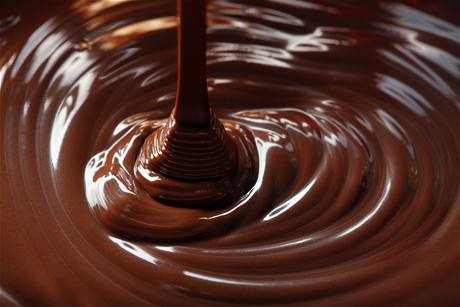13. Shop the peripheries of the supermarket and stay out of the middle.
First, let me say that I was shocked - shocked to discover how accurate Pollan's advice to stay out of the middle of supermarkets is. I figured this would be more of a guideline: generally won't find anything in the middle of the supermarket you're going to want to eat, but, you know, there's some stuff.
Nope, there's really not. On my first trip to the grocery store after beginning this project, I was amazed to find myself flying through the middle aisles - nope, nothing I can eat on this aisle; nothing I can't eat on this one either... moving on... It turned out that the only places I lingered at all were at the produce, meat and dairy sections, and, at the local co-op, the section of fruit, nuts and grains sold in bulk - all of which were on the peripheries.
Amazing.
And yes, that means that I've been to the supermarket. Way more than I've been to any farmers' markets, I'm ashamed to say.
Getting out of the supermarket has proven surprisingly difficult, although in hindsight it probably shouldn't have, given how much trouble I tend to have getting into the supermarket in the first place.
In New York, I used to do my grocery shopping at midnight. Really. There was a 24-hour grocery store across the street from the restaurant where I got off work I'd stop in for milk or coffee for the next morning, and anything else I happened to be running low on. This system does not work here in New Mexico, not the least of reasons being grocery stores in the normal world are apparently not open at midnight.
I haven't really gotten a new system down, so I've become one of those people who peer into the fridge and think, Let's see, I've got an old tortilla and a half an onion... can I make a meal out of this?
Compounding the matter is the fact that the Albuquerque Growers' Market does not occur during the winter months. I've found a few farmers' market alternatives, none which are particularly convenient. There are a few Albuquerque area winter markets:
The Los Ranchos Market:
City Hall, 6718 Rio Grande Blvd. NW
10-12 on the second Saturday of every month
The Corrales Growers' Market:
500 Jones Rd. & Corrales Rd.
11-1 on the first Sunday of every month
But because of the hours and location, the most convenient winter farmers' market is Santa Fe Farmers' Market which happens every single Saturday and Sunday and appears to have a pretty wide selection including - OMG OMG - locally farmed chicken which I have thus far been able to find nowhere in Albuquerque (thought I still have a few more places to try).
What's more, market is at the Santa Fe Railyards, literally right off the train from Albuquerque.
Still, life takes over, weekends - which are meant to be kept free exactly for things like this - inevitably fill up, and here I am, over two weeks into the project and have not yet made it up to Santa Fe for the market. Nor will I next weekend, either.
Here is a win, though: I've signed up for Skarsgard Farms' CSA. I've been visiting their website like a deranged stalker since moving to Albuquerque, debating whether or not to sign up; whether the produce will be too much for me to eat on my own.
But you know what? FORGET IT. It's local(ish), it's organic, and it's delivered to my door. If a few apples end up rotting, so be it.
(And speaking of CSAs, my favorite little restaurant, Farm & Table, will be starting their own CSA from their farm come next growing season. One of the many reasons I love working there.)
I have to admit, it saddens me a little that the only New Mexico farm that is part of the Skarsgard Farms CSA is Skarsgard Farms itself. The other participants are from California, Colarado, and even a farm in Mexico. I mean, it's still good: they're all small, organic farms and collectives and, really, they're not that far away, but still. They're not New Mexico; they're pretty far away.
This is a moment where I have to step back and really take to heart that old adage: Don't let perfect be the enemy of the good. I do that a lot. I'm an all or nothing girl. I think "Aggh! This apple is from an organic farm in California! Why can't I get an apple grown any closer than that? Forget it, it's all a waste of time. I'll just buy my apples from wherever."
And that's not fair. An apple grown on an organic farm two states away is better than one pumped full of pesticides and flown in all the way from South America.
It's baby steps.








